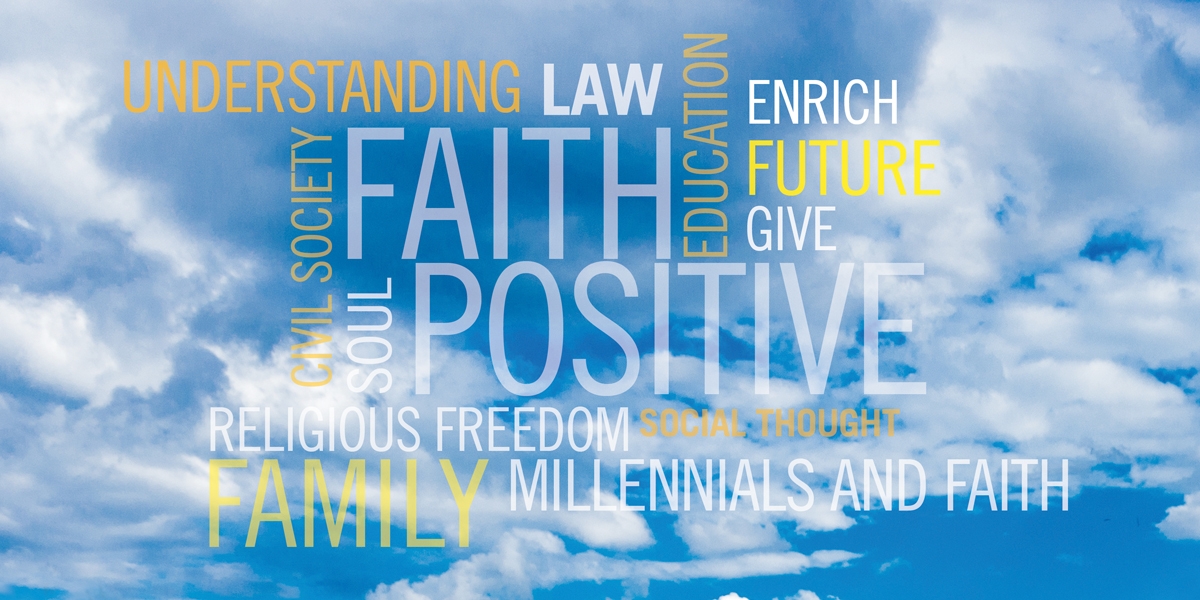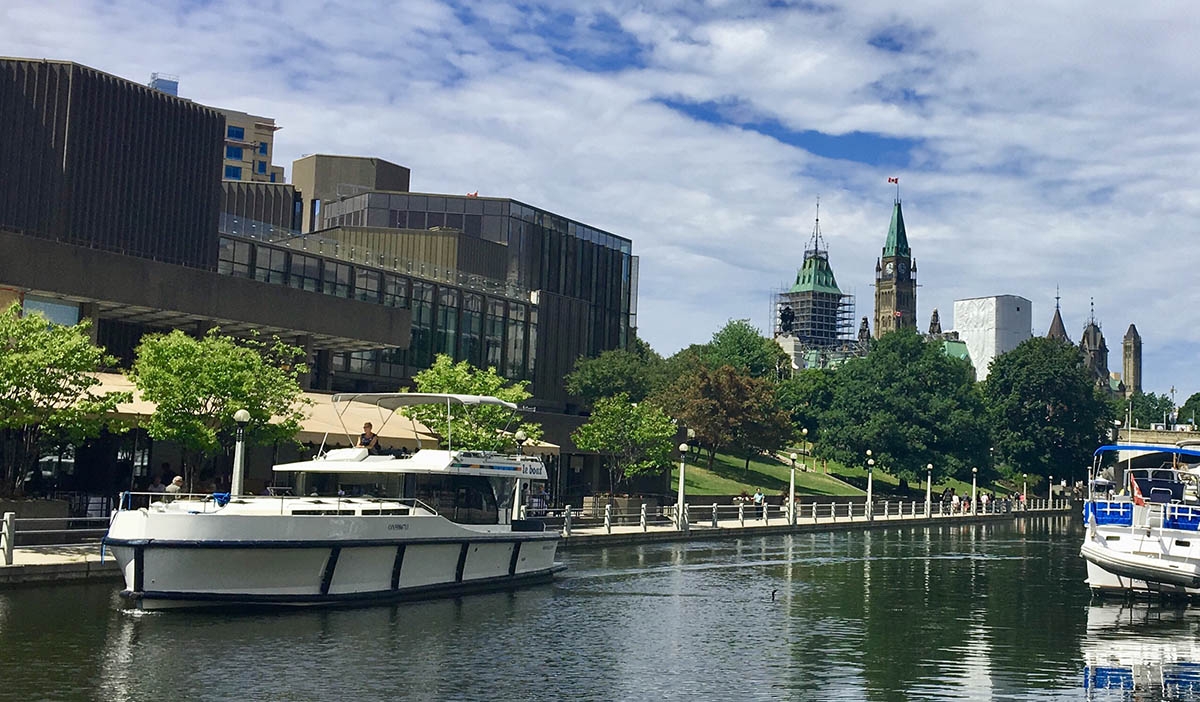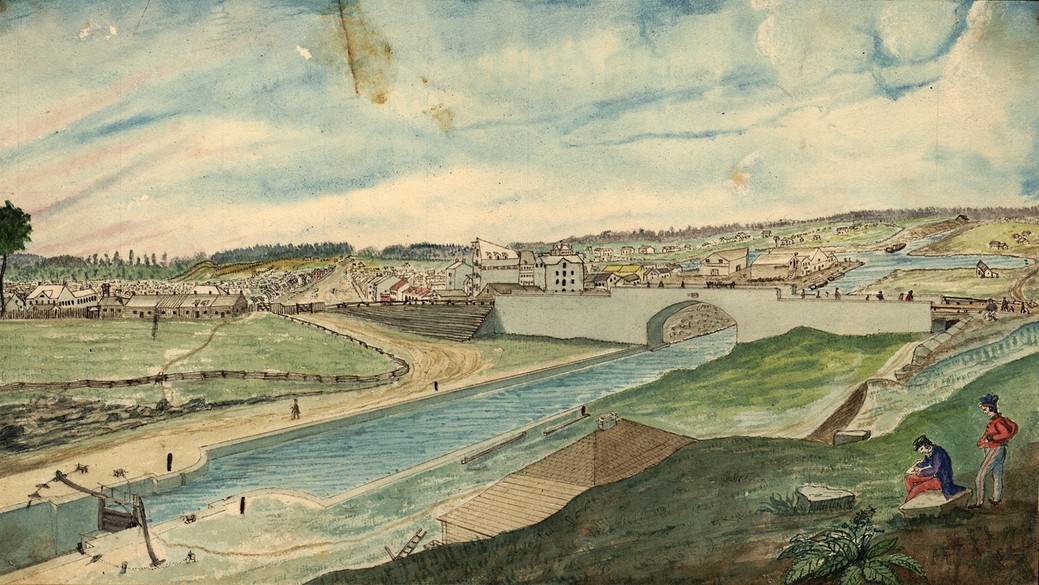
Religious Communities Are Integral to Our Mix
By Milton Friesen
Ask yourself a question: If any one Ottawa religious congregation disappeared, would the community and city be better or worse off?
There are Canadians who think it would be better if they did disappear, like old relics that have become burdensome, even embarrassing.
Think-tank Cardus published the results of research that pursued the question through the Halo Report in 2016.
That research suggests that any Canadian city – Ottawa included – would be worse off, quite a bit worse off in fact.
Although a given congregation's individual impact might seem small, when all aspects of its work or the work of many congregations are added together, the common good effect can be significant.
In fact, the research suggests it would cost municipal coffers around $4.77 to replace the common good value produced by every dollar in a local congregation’s budget. Applying that ratio to Ottawa, it would cost an estimated $1 billion to replace religious congregations’ common good contributions – like soup kitchens, childcare, suicide prevention and even community event space.
The many common good contributions of local faith communities means that they are among the most socially productive settings in cities.
Motivated by a different setting, researcher Brian Grimm, president of the Religious Freedom and Business Foundation, asked the question about faith community effects at a national scale in the United States.
He discovered that the positive effects of faith communities, when added up across the country, contribute
1.2 trillion dollars US to the economy. While that particular approach has not been applied to Canada nationally, it does suggest that the common good effect isn’t just local.
What might this mean for city planners, developers, educators, business owners, entrepreneurs and arts leaders? What if faith communities are more than ancient crustaceans; the horseshoe crabs of community life that might have co-existed with the dinosaurs but which survive only because of some fortuitous evolutionary glitch?
Those who are genuinely interested in addressing issues such as disparity, social isolation, access to work, environmen-tal degradation, justice or human trafficking will need to be careful neither to overlook or caricaturize religious communities and religious commitments.
In some circles, religious communities and their beliefs can be dismissed with a few favourite anecdotes that point out failings without any recognition of contributions. Understanding and appreciating the work of religious communities doesn’t imply that everyone needs to join a congregation.
Someone without religious commitments can learn to appreciate their common good contributions.
As an example, I have tremendous respect for the arduous work of becoming a ballerina without making any pretense of strapping ballet slippers on my size 12 basketball-gnarled feet.
Many of the issues and challenges we face aren’t the type that will be remedied by things like unrestrained economic growth. If the recent past is any indication, it’s likely that global dynamics will generate new ills out of, and complimentary to, the existing cocktail of struggles we face daily.
Religious identity can create real and sustained difficulties but it is also the well of some of our deepest creativity, care, and continuity.
Like Homer Simpson washing his socks in the last precious bit of canteen water while adrift in the lifeboat, famously misquoting Coleridge with “Water, water everywhere and lots and lots to drink!” we might recognize, too late, how critical religious communities are for civil society.
Excluding religious communities from real participation, either directly or implicitly, is short-sighted and ill-advised, regardless of our personal beliefs: Better that we understand them, even if that understanding begins with drawing on Statistics Canada’s basic descriptions of how many and what type of congregations exist in which locations.
Religious illiteracy isn’t simply about ignorance of beliefs, habits and practices. It is a form of scientific illiteracy, a failure to carefully observe and understand what is present and obvious alongside a deeper curiosity about what gives rise to dynamics like civic engagement, deeper citizenship, social cohesion and our search for meaning.
There is increasing consensus on social isolation as a public health concern, the needs of an aging population, and the hard work of enabling new Canadians to engage fully with our communities. These few examples represent great challenges but religious communities are, quite simply, integral to that mix.
In a time when social stresses are increasing, alongside relational scarcity, the types of social contexts that generate common good resources, including religious communities, might be worth our respectful and ongoing, attention.
Milton Friesen – Social Cities Program Director for think tank Cardus










